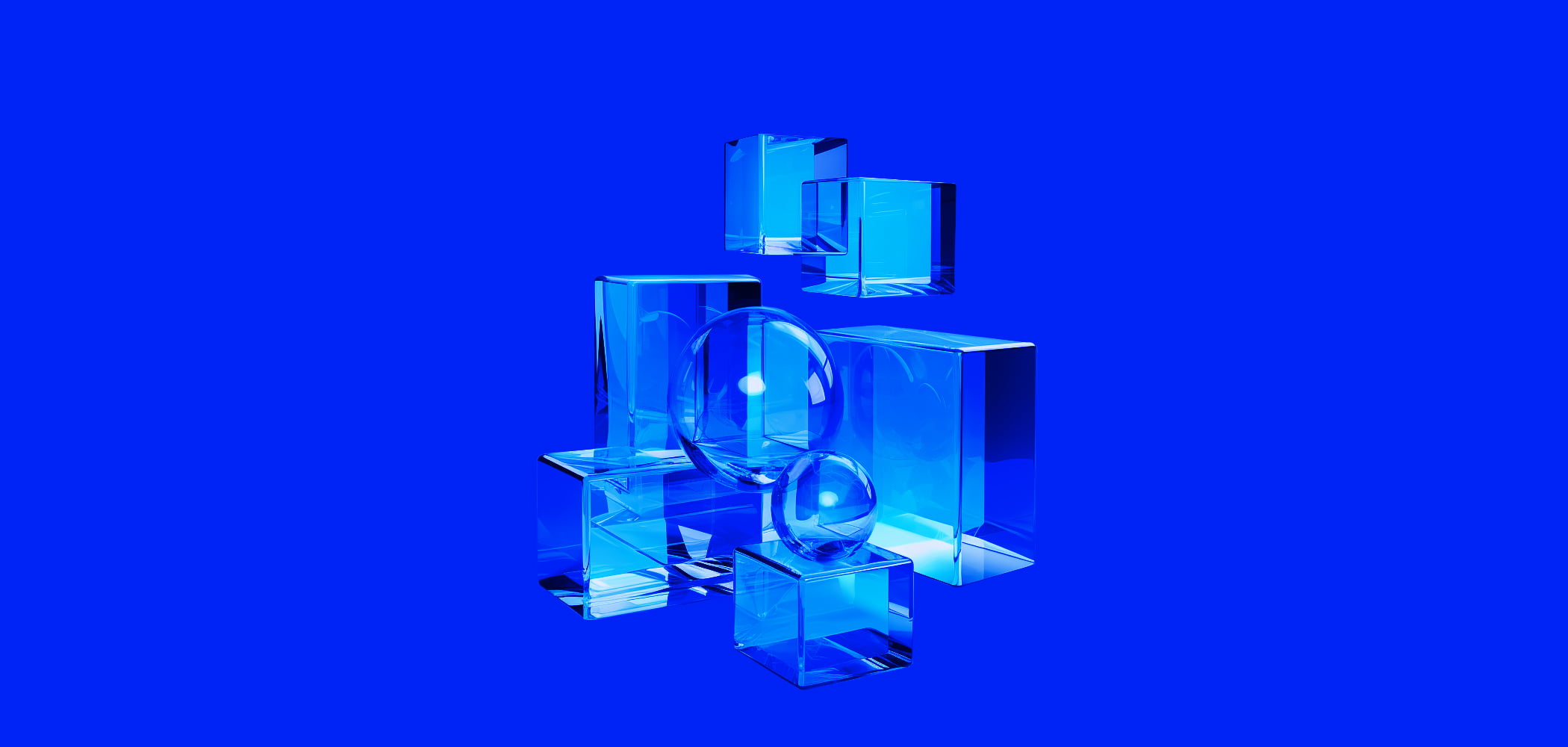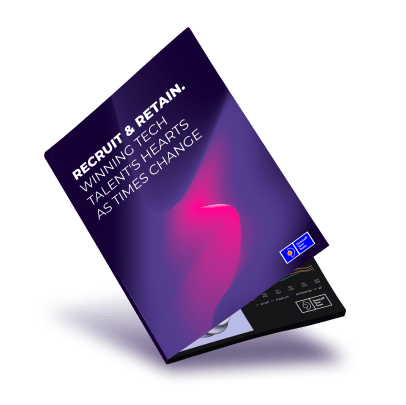We are living in times when insider threats cause 60% of data breaches. Due to the latest tech recruitment trends, every second developer is thinking about quitting and can potentially remain the owner of sensitive information.
Those are only a few of the reasons for tech entrepreneurs to care about the preventive mechanisms and implement NDAs as one of the shields to protect the intellectual property from theft or unauthorized use. Let’s take a closer look at NDAs.
What is an NDA for a Software Development Company?
Non-Disclosure Agreement (NDA), in its simplest form, is a legal contract that outlines the terms and conditions of sharing confidential information. Such document ensures that anyone you disclose your software idea or project details to must keep them a secret.
We want to provide you with essentials, insights, and expert advice needed to craft your NDA for a software development company and navigate it with ease.
Before We Start: The Advice from Outstaff Your Team
We stand for a responsible attitude to an NDA agreement for software development. It is the only approach to make that document work for your security, not just for show or even for productivity losses.
Expert Tip #1. Know the Potential Cons of NDAs
Here are some of the common criticisms associated with NDAs.
The existence of NDAs can create a chilling effect, where people are afraid to speak out about wrongdoing, safety concerns, or other issues due to fear of legal repercussions.
Some NDAs may have overly broad or vague language, potentially restricting the recipient party from discussing or working on projects unrelated to the confidential information in question.
Specialists who are subject to NDAs may find it challenging to change jobs or careers because they are restricted from using the knowledge and skills gained from their previous employment.
The party imposing the NDA (often a larger corporation or employer) may have significantly more bargaining power than the other party. This power imbalance can lead to unfair terms in the agreement.
Some high-profile NDAs have been criticized for being used to conceal unethical or illegal behavior, such as workplace harassment or discrimination.
Drafting, negotiating, and enforcing NDAs can be complex and costly. Legal fees and administrative overhead can add up, especially for small businesses.
Once you know about the risks, the next tips can help you avoid them and make a great software development NDA.

Expert Tip #2. Customize Your Software Development NDA Template
You can download examples of NDAs from the Internet. Moreover, you can generate such documents through the handy web app. No matter whether you use a PDF or an online constructor as your software development NDA template, go the extra mile to adjust it to your company, your project, and your software development process.
Expert Tip #3. Seek Legal Counsel
Consider consulting a legal professional when customizing your sample NDA for software development. Any NDA is a legally binding document, and it should be compliant with local laws and adequately protect your interests. The specific type of NDAs and its terms should be tailored to the nature of the relationship and the confidential information being shared.
Expert Tip #4. Keep It Simple
Simplicity is key. When covering all the necessary aspects of a relevant NDA for a software development company, try to keep the language as clear and straightforward as possible to avoid misunderstandings.
How to Create an NDA: All the Sections Explained
Creating an NDA for software development may seem daunting, but not when you are familiar with its basic structure.
It’s possible to sign an NDA between companies or an NDA with a certain specialist. There are two most common types of NDAs for a software development company.
-
Unilateral NDA (One-Way NDA) is typically used when a receiving party agrees not to disclose or use the company's confidential information for their benefit.
Unilateral NDAs often accompany an agreement with the service provider in client-consultant relationships, where the company is providing software development services to a client. Outstaffing agencies also stick to that document type when signing NDAs with their remote tech teams.
-
Bilateral NDA (Mutual NDA) is used when both parties involved in a software development project need to share confidential information with each other. This can be applicable in partnerships, joint ventures, and collaborations.
In software development contracts, it's common to use a combination of these two types of NDAs. For example, a software development company may have a unilateral NDA with its clients and investors to protect its proprietary code and development processes, while also having a mutual NDA with a partner.
Here is a list of components suitable for all types of non-disclosure agreements related to software development.
Introduction: Setting the Stage
Start your NDA with a clear and concise introduction. Identify the parties involved — the disclosing party (you) and the receiving party (the person or entity you're sharing information with). Clearly state the purpose of the NDA, which is to protect your software-related confidential information.
Definition of Confidential Information
This section defines what information is considered confidential. In software development, this can include source code, algorithms, design documents, business plans, and any proprietary knowledge.
Obligations: Key Clauses
Describe what the receiving party is obligated to do. This typically includes maintaining confidentiality, not disclosing sensitive information to third parties, and using it solely for the agreed-upon purpose — often, the development of the software.
You can also include a clause about the return or destruction of Information. It’s when the receiving party should return or destroy all confidential information upon request or at the end of the NDA's duration.
Make it clear that the document prohibits reverse engineering, decompiling, or disassembling any software or code provided.
Include a clause preventing the receiving party from poaching your developers or contractors during the NDA's duration.
Exclusions from Confidentiality
This is typically some public knowledge or information which the receiving party knew before the signing of an NDA agreement for software development.
Duration of Confidentiality
Determine how long the confidentiality obligations will last. This can vary depending on your needs, but it's common to set a duration of 2 to 5 years.
Consequences of Breach
This may involve monetary penalties, legal action, or both. It's essential to make potential consequences explicit to deter any misconduct.
Miscellaneous Provisions
This section covers various legal details such as governing law, dispute resolution mechanisms, and whether the agreement can be assigned to another party.
Data Breach Prevention: Beyond an NDA
While it’s essential to know how to create an NDA to safeguard your software project, it is just one piece of the puzzle. We’d like to uncover the rest tools for you.
Protecting Your Intellectual Property
To fully protect your intellectual property and ideas, consider 5 additional measures.
Registering a trademark for your software or company name serves as an extra protection.
Automatically granted upon creation, copyright protection can safeguard your code from unauthorized use.
If your software includes novel and non-obvious features, consider filing for a patent to protect your innovations.
Beyond NDAs, keep sensitive information confidential within your organization through internal policies and restricted access.
Consider using of VDI for creating safe workplaces, managed from one central server.
Building a Culture of Trust
By building a culture of trust within your team and partners, you can prevent sensitive data misuse at the early stages.

Here's how to establish transparency within your projects.
Open Communication
Encourage open dialogue and collaboration among your team members. Without bias, everyone can work more efficiently.
Clear Guidelines
Establish clear guidelines on how confidential information should circulate within your company. This includes access restrictions, encryption protocols, and documents. It may sound paradoxical, but sticking to zero-trust cybersecurity architecture makes it easier to build trust as you remove plenty of situations which could provoke unauthorized data usage.
HR’s Responsibility
A good idea is to make security training for your tech team a part of your HR’s responsibility while IT managers are focused on the project tasks. That’s why IT staffing services providers arrange transparency and tailor security training to the project’s needs.
Building your tech team together with us relieves you from such concerns as how to recruit software developers and mitigate security risks at the same time. Moreover, you can skip filtering hundreds of CVs when seeking a web app developer for hire and other IT specialists, as we do this for you. So, you can combine 2 strategies in 1 hiring solution — ensuring security and picking the matching candidates faster.
FAQ
What is an NDA between a software developer and a client?
It is an agreement between a client (owner company) and a software development company (a service provider). An NDA for software development defines restricted information and the consequences (typically, fines) for those who misuse such information. This document should be signed before a software development process starts.
What is the best type of contract for software development?
Consider widely used contract types like Dedicated Team contract for software development. It belongs to straightforward types of contract. Your talent provider hires specialists. You have fixed rates for the time of needed developers and are in charge of what they should focus on. Thus, you create better conditions for high-quality development.
What is the agreement with a software developer called?
This document is known as a Master Services Agreement. It outlines the conditions under which a developer provides and conveys tailored software to a client for integration into the client's products, services, or operations. Typically, a detailed description of the software to be developed within the agreement is included as an appendix, exhibit, or addendum, referred to as a statement of work.
Stay in tune
Curated Tech HR buzz delivered to your inbox



